There’s something mesmerizing about the aroma of coffee beans transforming under heat—nutty, caramelized notes mingling with fruity undertones to create one of the world’s most recognizable and beloved scents. In certain special locations, this distinctive fragrance isn’t just an occasional pleasure but a defining characteristic of entire neighborhoods.
Here is a list of 20 remarkable places where the enticing scent of coffee roasting infuses the very atmosphere of daily life.
Seattle’s Pike Place, USA

The original Starbucks location anchors this historic market district, where the smell of roasting coffee has been a constant presence since 1971. Small-batch roasters have multiplied throughout the surrounding blocks, creating aromatic zones where different roasting philosophies—from light Scandinavian-style approaches to deeper Italian traditions—compete for attention in the cool Pacific Northwest air.
Addis Ababa’s Piassa District, Ethiopia
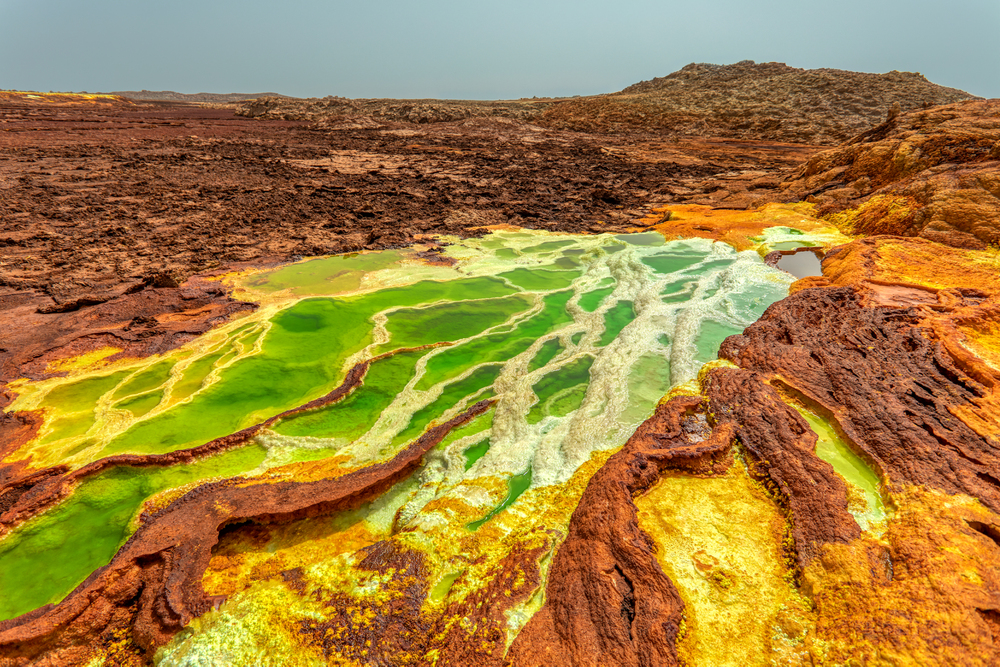
The birthplace of coffee maintains deep connections to the bean in this historic neighborhood where traditional pan-roasting occurs daily on nearly every street corner. Women roast green beans over charcoal braziers before grinding and brewing them in traditional jebena clay pots, filling narrow alleyways with intense coffee fragrance that mingles with frankincense burned in nearby ceremonies.
Like Travel Pug’s content? Follow us on MSN.
Melbourne’s Degraves Street, Australia
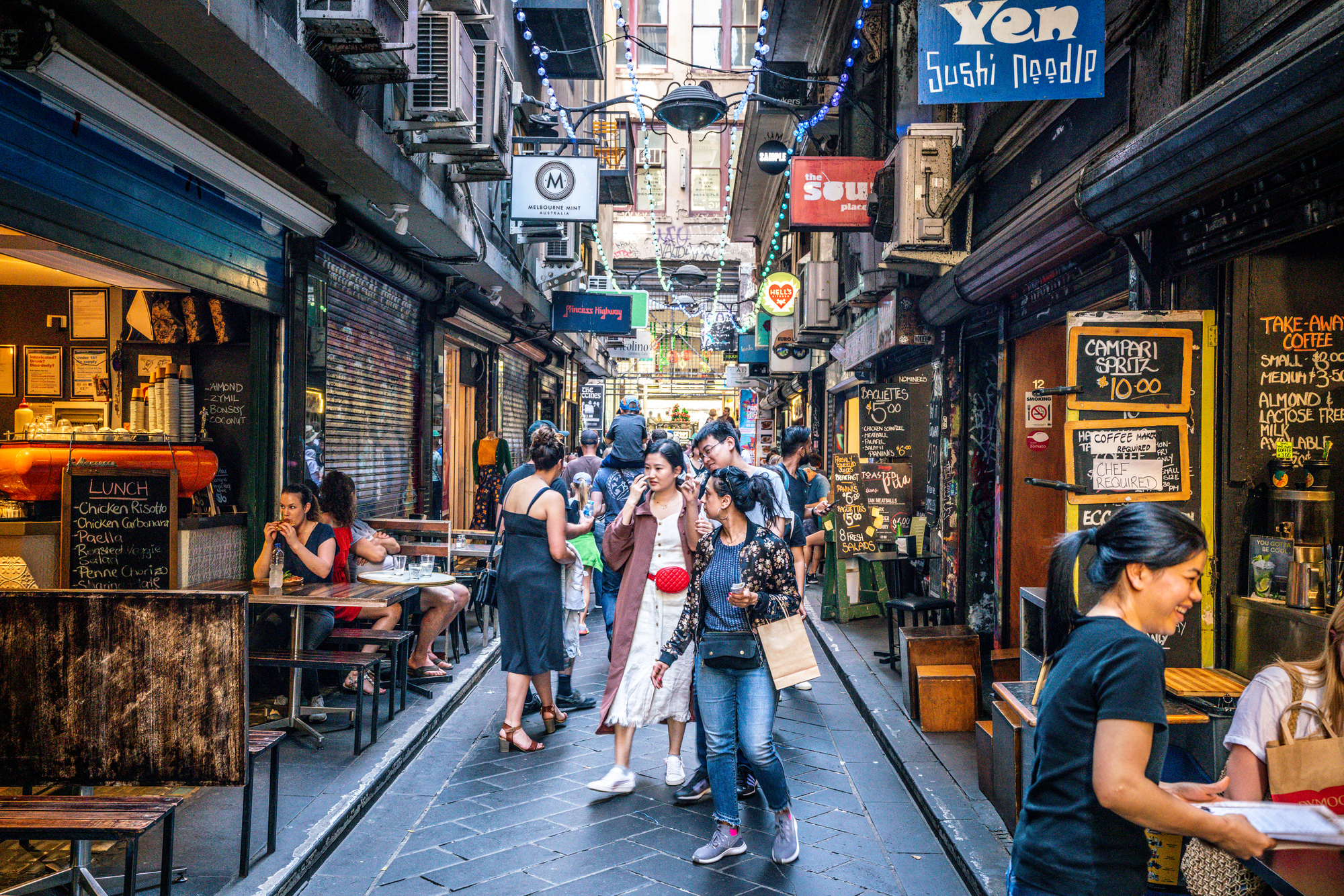
This narrow laneway epitomizes the city’s renowned coffee culture. Micro-roasters operate in converted warehouse spaces, where massive Probat roasters visible through plate glass windows release aromatic plumes that drift between the street’s bluestone buildings.
The distinctive smell has become so associated with the area that local perfumers have attempted to capture the specific “Melbourne roast” scent in boutique fragrances.
Medellín’s El Poblado, Colombia

This upscale neighborhood in Colombia’s second-largest city hosts dozens of roasters processing beans from surrounding mountainous regions where some of the world’s most sought-after coffee grows. Open-air cafés roast on-site in custom-built copper machines, releasing complex aromas that carry notes of chocolate and red fruit characteristic of the country’s distinctive terroir.
Portland’s East Burnside, USA
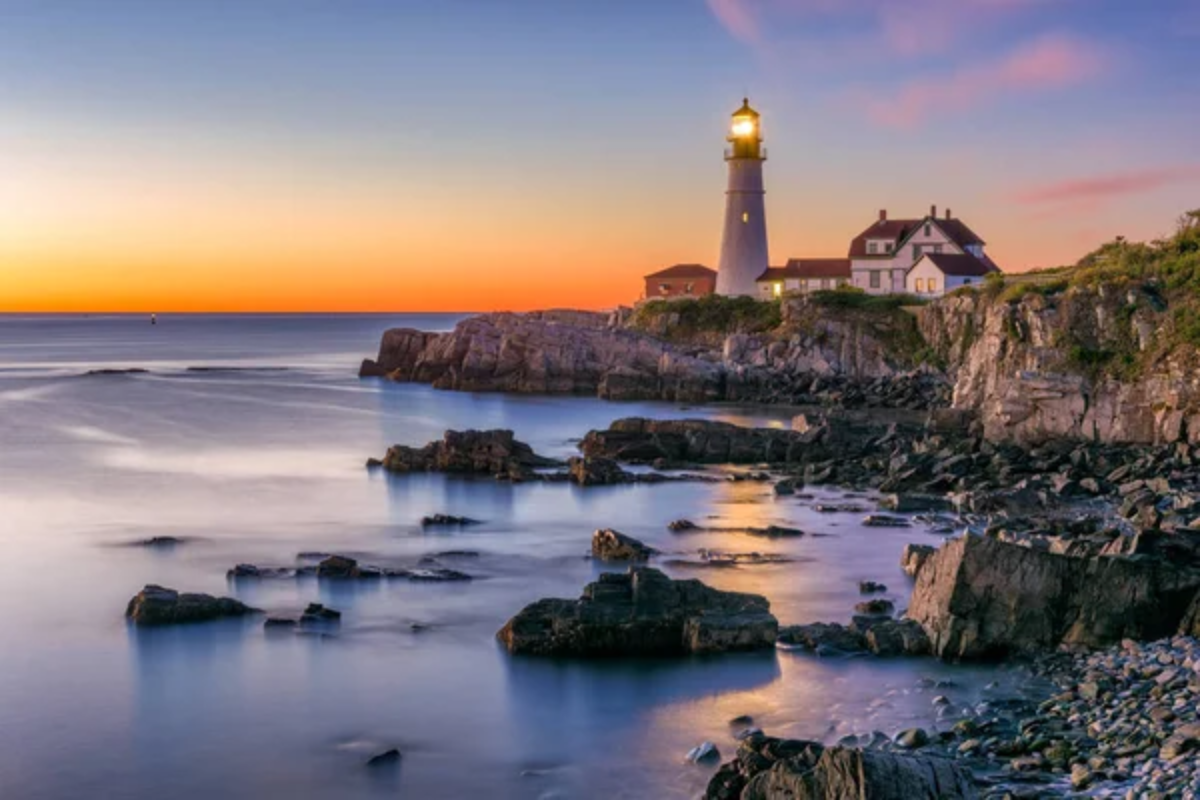
Artisan roasters cluster in converted industrial spaces along this Portland thoroughfare where the city’s maker culture finds perfect expression in coffee craftsmanship. Loading docks converted to cupping rooms regularly open their doors during roasting sessions, releasing aromatic clouds that drift through the neighborhood and signal to knowledgeable locals which specialty roaster is processing which seasonal crop.
Like Travel Pug’s content? Follow us on MSN.
Naples’ Spaccanapoli, Italy

The historic central spine of Naples maintains centuries-old coffee traditions where small torrefazioni (roasteries) process beans for the city’s distinctive robusta-heavy espresso blends. The intense aroma of dark-roasted coffee mixes with sea air and pizza bread along narrow streets where coffee history runs so deep that local lore claims you can navigate the district blindfolded simply by following aromatic cues.
Kyoto’s Sanjo Street, Japan

Traditional Japanese kissaten coffee houses alongside modern third-wave shops create distinctive aromatic pockets throughout this historic pedestrian zone. Meticulous attention to craft means roasting often occurs in small batches visible to passersby, with different shops specializing in specific roast profiles that locals recognize immediately upon catching their signature scents wafting through sliding wooden doors.
Like Travel Pug’s content? Follow us on MSN.
Istanbul’s Tahmis Street, Turkey
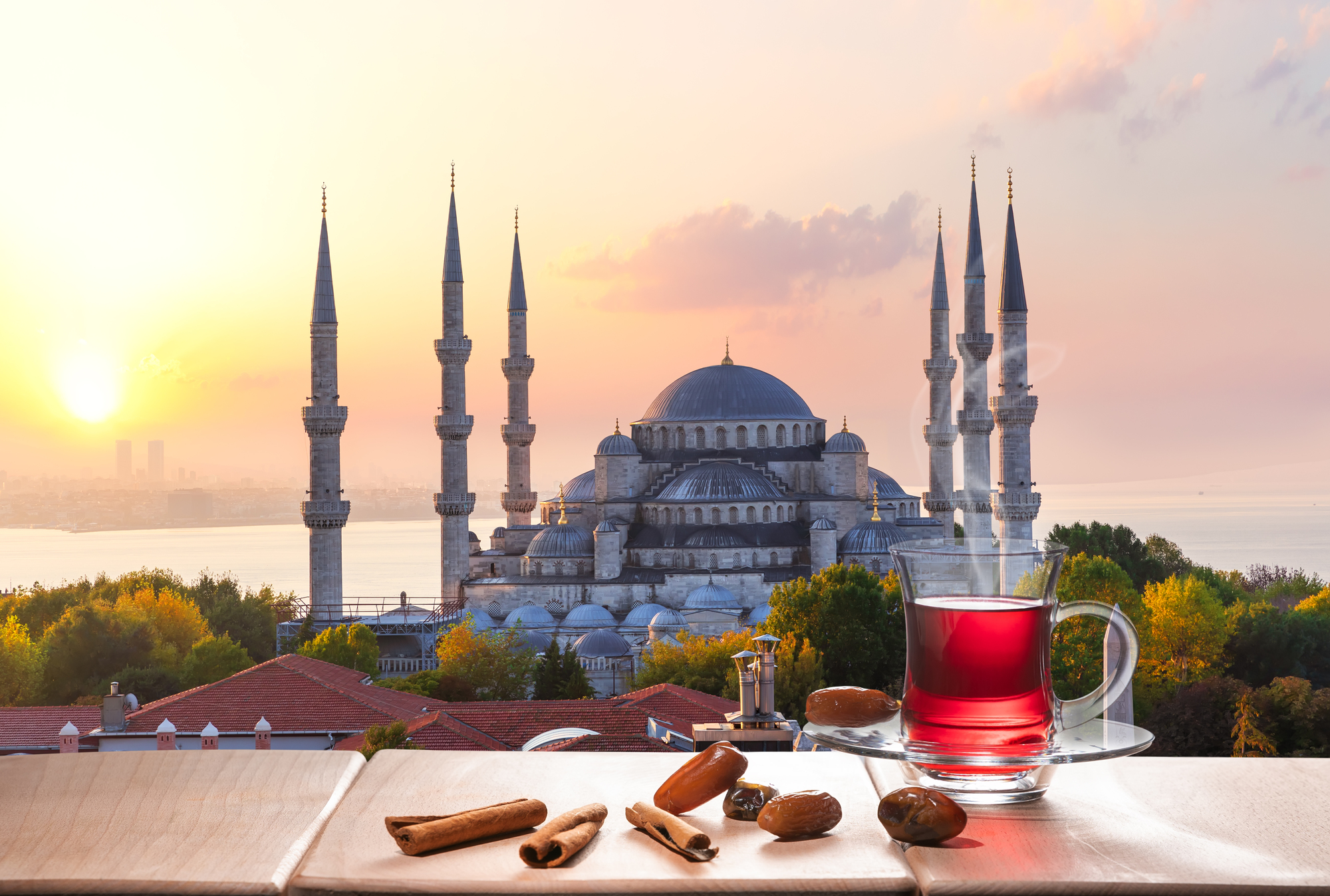
Named literally for coffee roasting (“tahmis” means “roaster” in Ottoman Turkish), this narrow lane in the Eminönü district has been the aromatic center of Turkish coffee culture for centuries.
Traditional cylindrical drum roasters operate in the same locations where Ottoman coffee suppliers once served the imperial palace, filling the covered market area with distinctive scents that mingle with spices from adjacent vendors.
Havana’s Old City, Cuba

Small government-run roasteries process the island’s mountain-grown arabica beans throughout this UNESCO-protected district, where coffee preparation remains a cornerstone of daily social life. The distinctive smell of coffee processed specifically for preparing Cuban-style café cubano—a dark roast with hints of tobacco-like notes—fills narrow streets where residents gather on doorsteps each morning to drink and discuss the day ahead.
Hanoi’s Old Quarter, Vietnam

Tiny shopfronts roast robusta beans in well-worn machines throughout this ancient district, producing the distinctive dark, chocolatey profiles essential for Vietnamese coffee traditions. The intense aroma mixes with street food scents as sidewalk vendors prepare cà phê trứng (egg coffee) and other specialties using beans often roasted just hours earlier within the same neighborhood.
Like Travel Pug’s content? Follow us on MSN.
Guatemala City’s Zona 1, Guatemala

The historic center of Guatemala’s capital features multi-generation family roasteries processing beans from the country’s eight distinct growing regions. Each area produces coffee with specific aromatic signatures that expert roasters enhance through carefully controlled development, creating a fragrant urban landscape where different city blocks carry the scents of specific volcanic highland terroirs.
Vienna’s First District, Austria

The historic coffeehouses that helped define European café culture maintain on-site roasting traditions throughout the Austrian capital’s central district. The distinctive aroma of Vienna’s characteristic medium-dark roast—developed specifically to pair with the city’s famous pastries—seeps from cellar roasteries through historic buildings housing institutions like Café Central and Demel that have perfumed the same addresses for over a century.
San Francisco’s SOMA District, USA
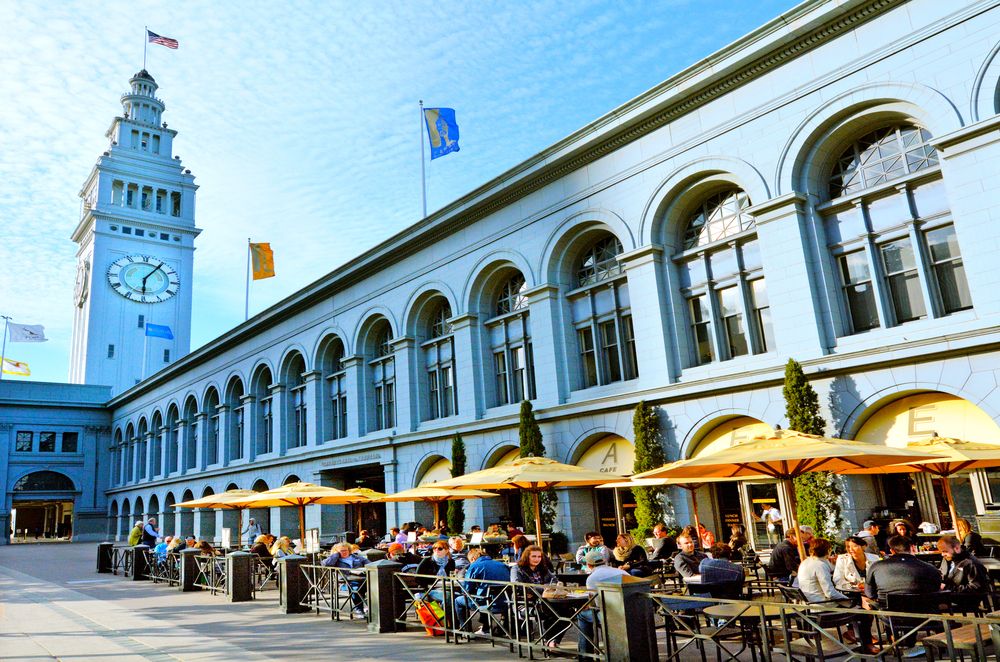
This revitalized industrial area hosts innovative roasters who have transformed former manufacturing spaces into coffee processing hubs. Massive drums roast directly behind café counters. Giant exhaust systems release aromatic plumes visible for blocks, creating a modern coffee landscape where tech workers and traditional manufacturers share neighborhood space, united by the common sensory experience of constant coffee fragrance.
Like Travel Pug’s content? Follow us on MSN.
Bogotá’s Usaquén, Colombia

Sunday markets in this colonial-era neighborhood feature dozens of small-producer roasters who travel from surrounding growing regions to process their beans directly for urban customers. The combined effect of multiple roasting operations creates an intense coffee perfume that has become a defining characteristic of the weekly gathering, attracting visitors who come as much for the aromatic experience as for purchasing coffee.
Taipei’s Yongkang Street, Taiwan
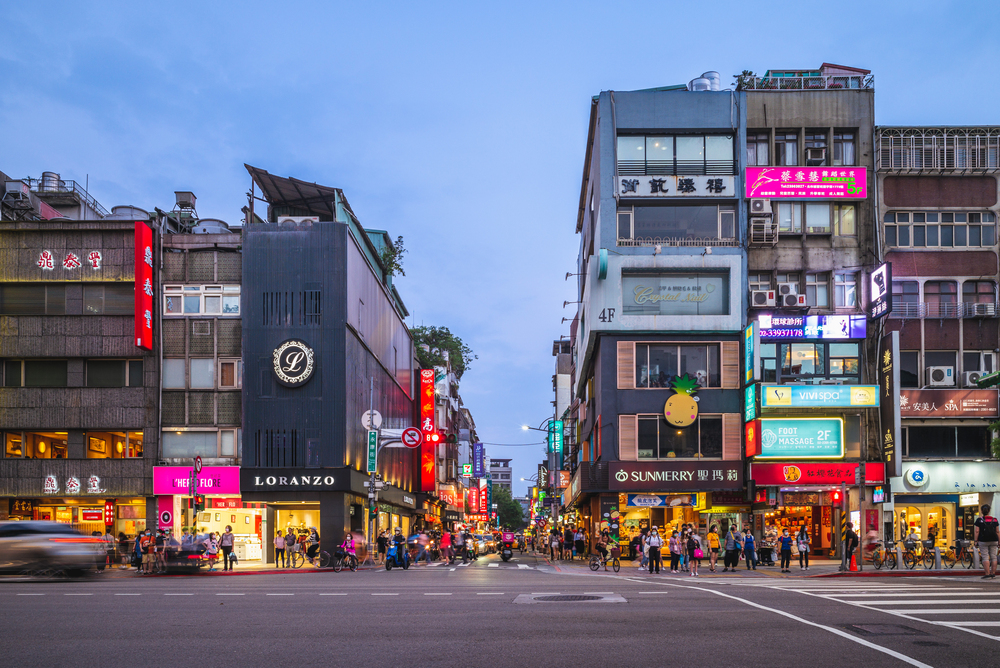
This culinary destination combines traditional Taiwanese coffee preparation with international influences throughout a walkable district where roasting occurs in storefronts open to the passing crowds. The distinctive fragrance profile of beans processed for traditional cold extraction methods differs noticeably from those destined for modern espresso preparation, creating aromatic zones that signal to knowledgeable visitors the style each shop emphasizes.
Trieste’s Borgo Teresiano, Italy

As Italy’s historic coffee port, this district near the Slovenian border processes beans for much of the country through both massive commercial operations and artisanal roasters that have operated for generations. The city where Illy was founded maintains deep connections to coffee craftsmanship, with the distinctive smell of roasting becoming particularly intense when Bora winds compress the aromatic clouds between the district’s Austro-Hungarian architecture.
Like Travel Pug’s content? Follow us on MSN.
Amsterdam’s Jordaan, Netherlands
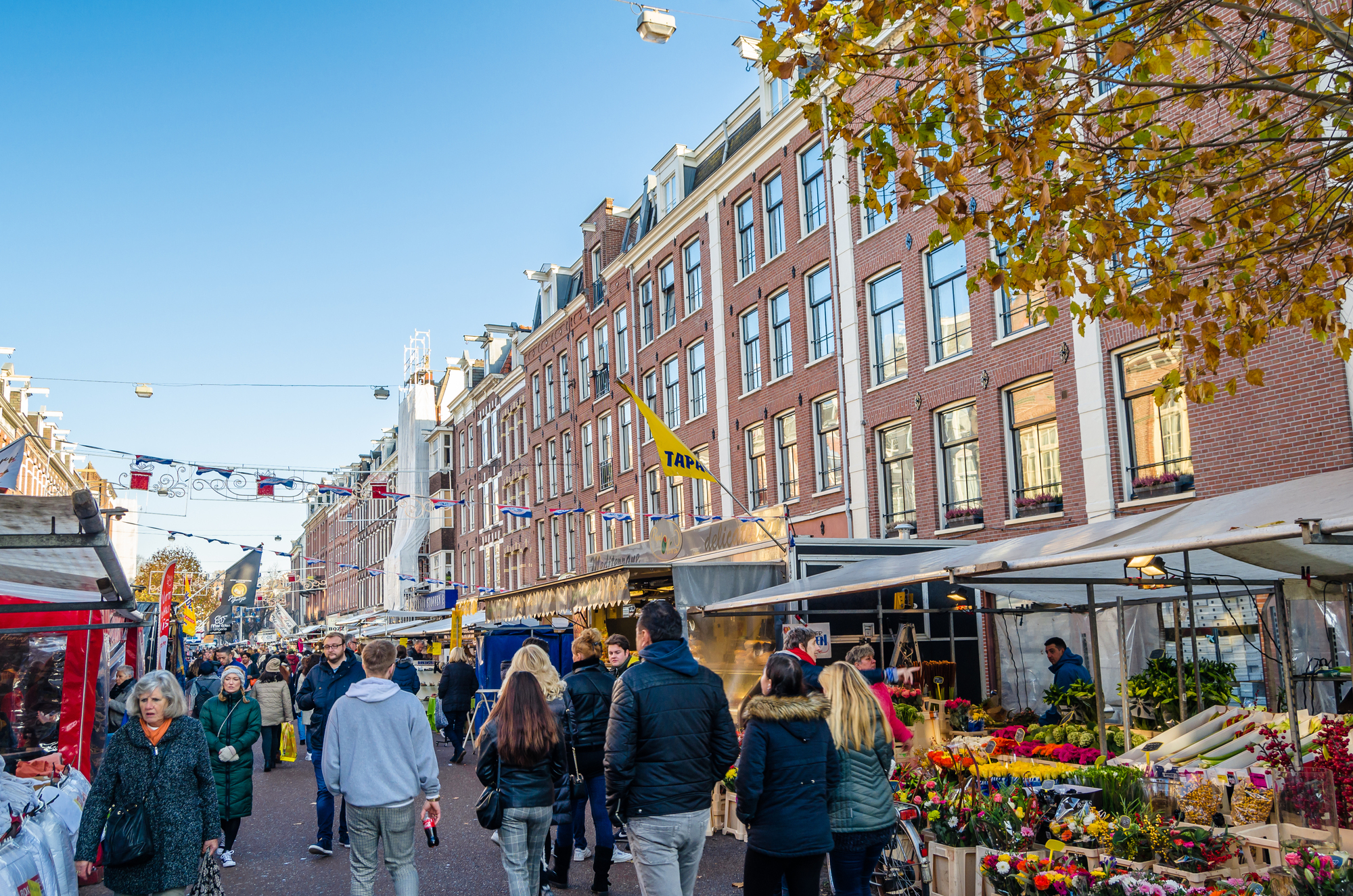
Dutch colonial history created deep coffee traditions that are maintained in this historic district. Small roasters process beans from former colonies alongside varieties from newer growing regions. Canal houses converted to roastery-cafés vent aromatic evidence of their craft across narrow streets and bridges, creating specific paths amateur coffee enthusiasts follow for impromptu “aromatic tours” of different roasting philosophies.
Wellington’s Cuba Street, New Zealand
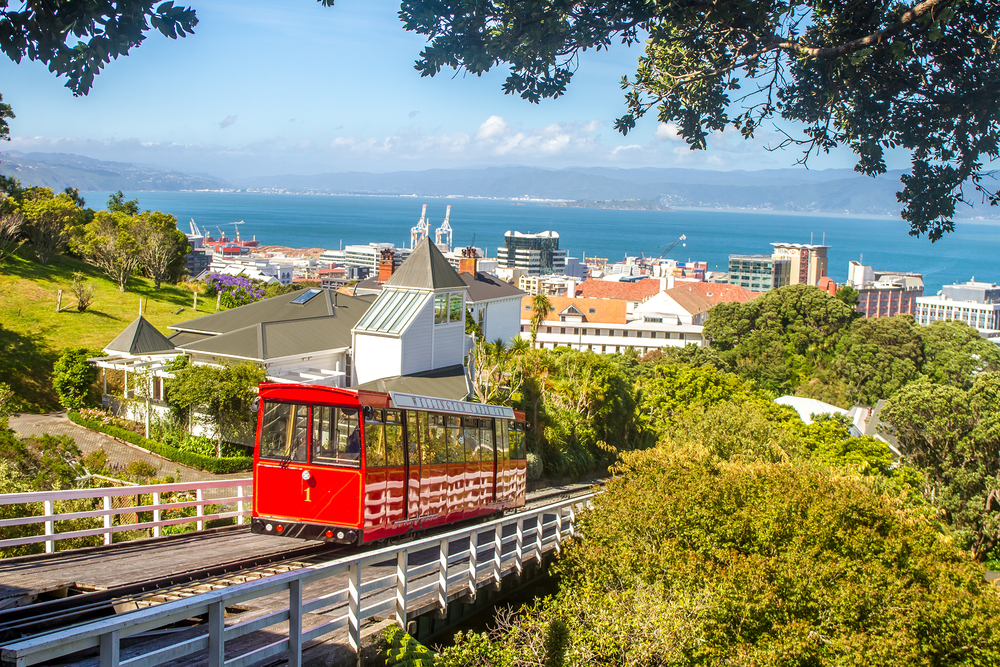
This pedestrian-friendly district forms the heart of New Zealand’s innovative coffee culture, with roasters who have dramatically influenced global specialty coffee trends. The country that arguably invented the flat white maintains a coffee identity centered in this aromatic Wellington neighborhood. Multiple daily roasting sessions from competing companies create an ever-changing olfactory landscape that shifts with wind patterns off the harbor.
Portland’s Southeast Division, USA

What began as a single influential roaster has expanded into a coffee district with distinct aromatic character where processing facilities share blocks with café spaces serving the just-roasted results. The concentration of operations means certain corners become known for specific scent experiences where seasonally changing single-origin roasts create distinctive aromatic signatures that change throughout the year as fresh crop beans arrive from different hemispheres.
Like Travel Pug’s content? Follow us on MSN.
Lyon’s Croix-Rousse, France

The tradition of café-épiceries (coffee shop-grocers) continues in this hillside district, where small roasting operations process beans to specific profiles developed for French preparation methods. The distinctive aroma of beans developed specifically for preparation in traditional cotton sock filters mingles with bakery scents in a neighborhood where coffee traditions maintain strong connections to France’s colonial past while embracing contemporary specialty approaches.
The Perfume of Possibility
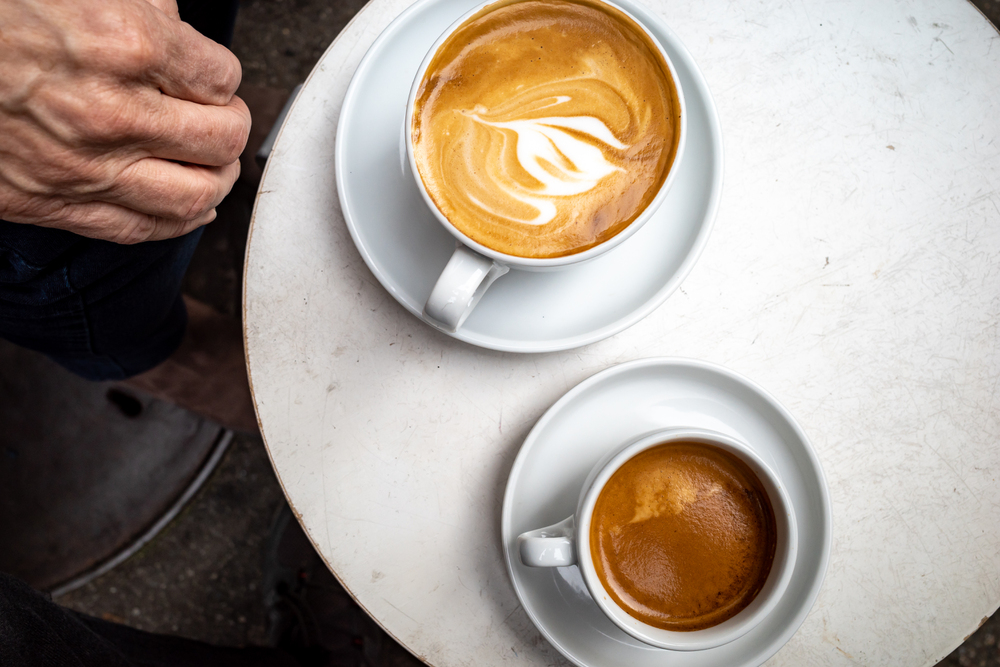
These aromatic destinations offer more than just pleasant scents—they provide sensory gateways to understanding how deeply coffee has woven itself into diverse cultures worldwide. The distinctive smell of roasting beans connects agricultural traditions, colonial histories, craft approaches, and social practices that together create unique coffee cultures.
For travelers guided by their noses, these fragrant neighborhoods provide immersive experiences where one of humanity’s most beloved beverages announces its transformation from seed to cup through an unmistakable aromatic signature that transcends language and borders.
More from Travel Pug

- Cities Growing so Fast You Won’t Recognize Them in 10 Years
- 13 Destinations Where Tourists Regularly Regret Their Trip
- 16 U.S. Cities That Are Quietly Becoming Travel Hotspots
- Where to Travel If You Love Long Bus Rides and Daydreams
- 20 Cities Perfect for Solo Travelers Who Crave Adventure & Culture
Like Travel Pug’s content? Follow us on MSN.
